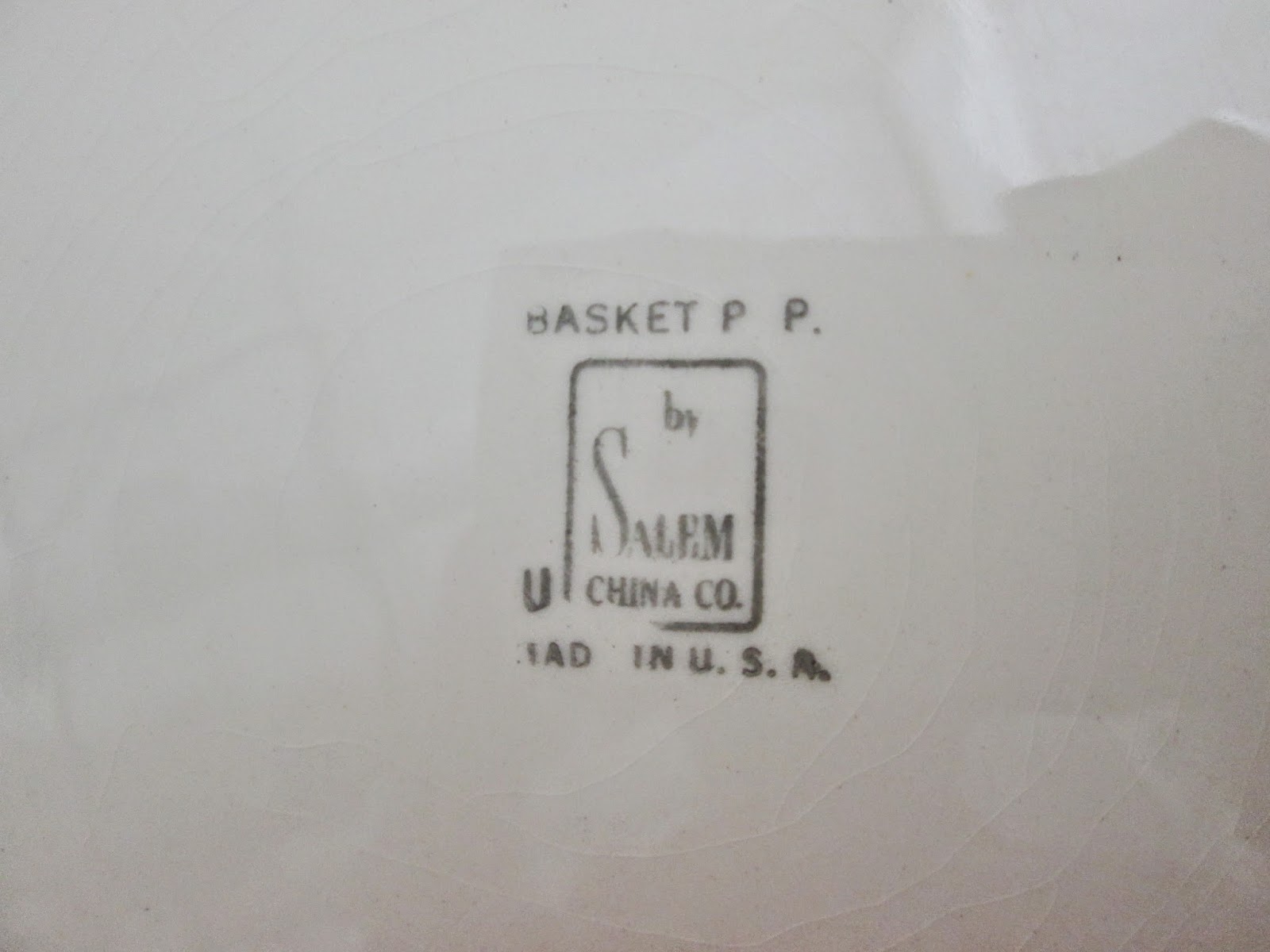So I happily share with you my most recent addition.

The applique is well done and the hand quilting fine. There is embroidered detail on the central rose.
How could I pass this up? Well, it didn't always look this good which is probably why I got it for $38.

OUCH! Some very large and obvious stains on that nice white background. But so CUTE. I had to take a chance.

I was anxious to see what I could do with it. Working on stains is always a multi-step process involving patience and trial and error. It is a risk and the outcome is always unknown . However, I don't believe a dirty or soiled quilt is a good thing and I kind of enjoy the challenge.
Here's what I did:
First I made a paste of water and Restoration and applied just to that area. (It ended up being more watery than pastey because I wanted the crystals to be dissolved.)
 I worked over a large white plastic bowl on the top of my washing machine. I was able to clothespin it to the edge so that it was taut and I could apply the solution to a small area and have the excess drip into the bowl to be used again. I used a small plastic measuring cup with a spout.
I worked over a large white plastic bowl on the top of my washing machine. I was able to clothespin it to the edge so that it was taut and I could apply the solution to a small area and have the excess drip into the bowl to be used again. I used a small plastic measuring cup with a spout.I thought I could see it working right away.
I let it soak that way for awhile. Then, I rubbed a bit of my Aunt Agnes' homemade bar soap into one stain to see what happened. (This is the only thing that got my boys socks clean - you know how they wear them outside without shoes...on blacktop?) Her recipe had lye in and and who knows what-all but I recall my Mom saving bacon grease for her to make it. She had such a supply that both my sister and I still have some bars and she passed away in 1981!!
So back to my project.
I gingerly rubbed the yellowed bar on the stains and quickly manipulated the fabric by hand to rub it in all the way. Dilute with more water....
I was excited that even while still wet the stains were getting much lighter.
Okay. Here's the scary part. I put a TINY bit of bleach in a cup of water. I mean about 1/4 teaspoon. VERY diluted. I was careful to direct it onto the stains and avoided colored fabrics - AND I have pure clean water at the ready to pour through it almost immediately.
 |
| My supplies |
I put it in the dryer on low with a couple of dry,white towels to help fill the dryer and cushion the quilt as it cycles around. I opened the dryer at 10 minutes and took it out while still damp.
Voila.... I laid it on a white sheet on the floor to finish drying and manipulated it gently to square it up. When dry, the quilting really showed nicely and I felt I"d improved it greatly.
It reminds me a little bit of another cute appliqued crib quilt in my collection, one I also washed:
-001.JPG)
This is a little pillow cover - The bottom white piece would tuck in and be whip stitched after inserting the pillow. The maker simplified and reduced the size of the posy.
Have you washed a vintage quilt?




-001.JPG)





















